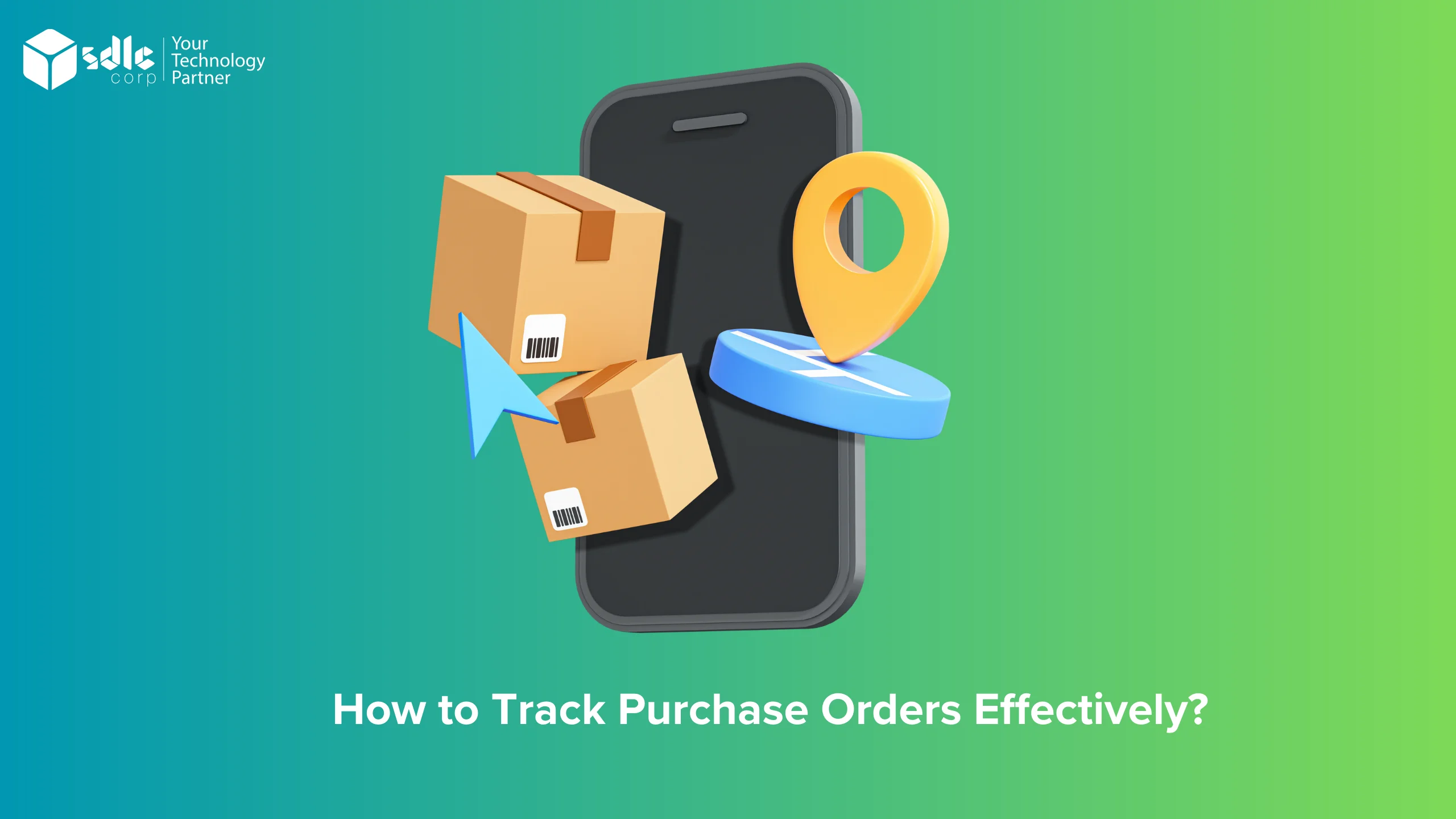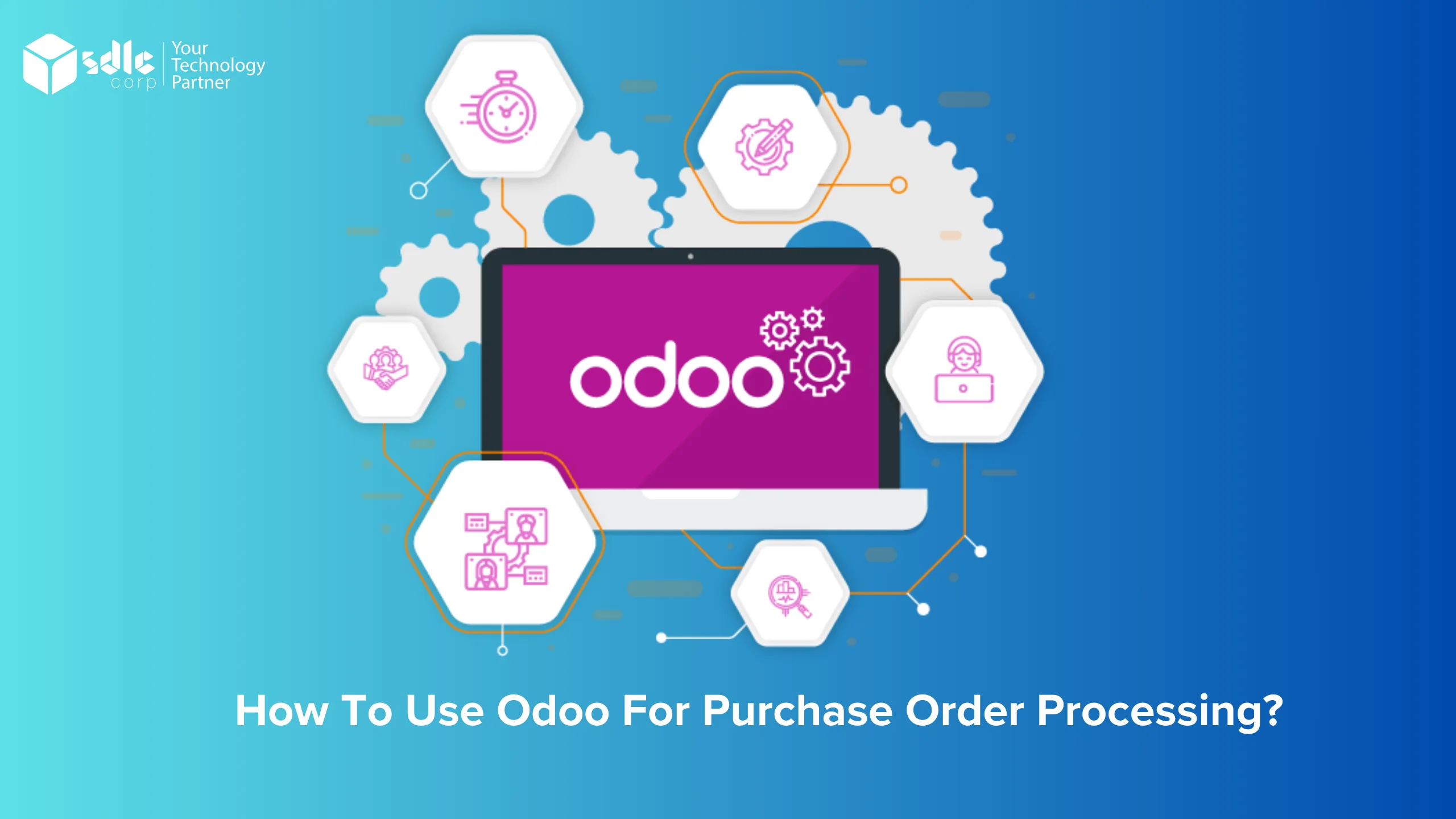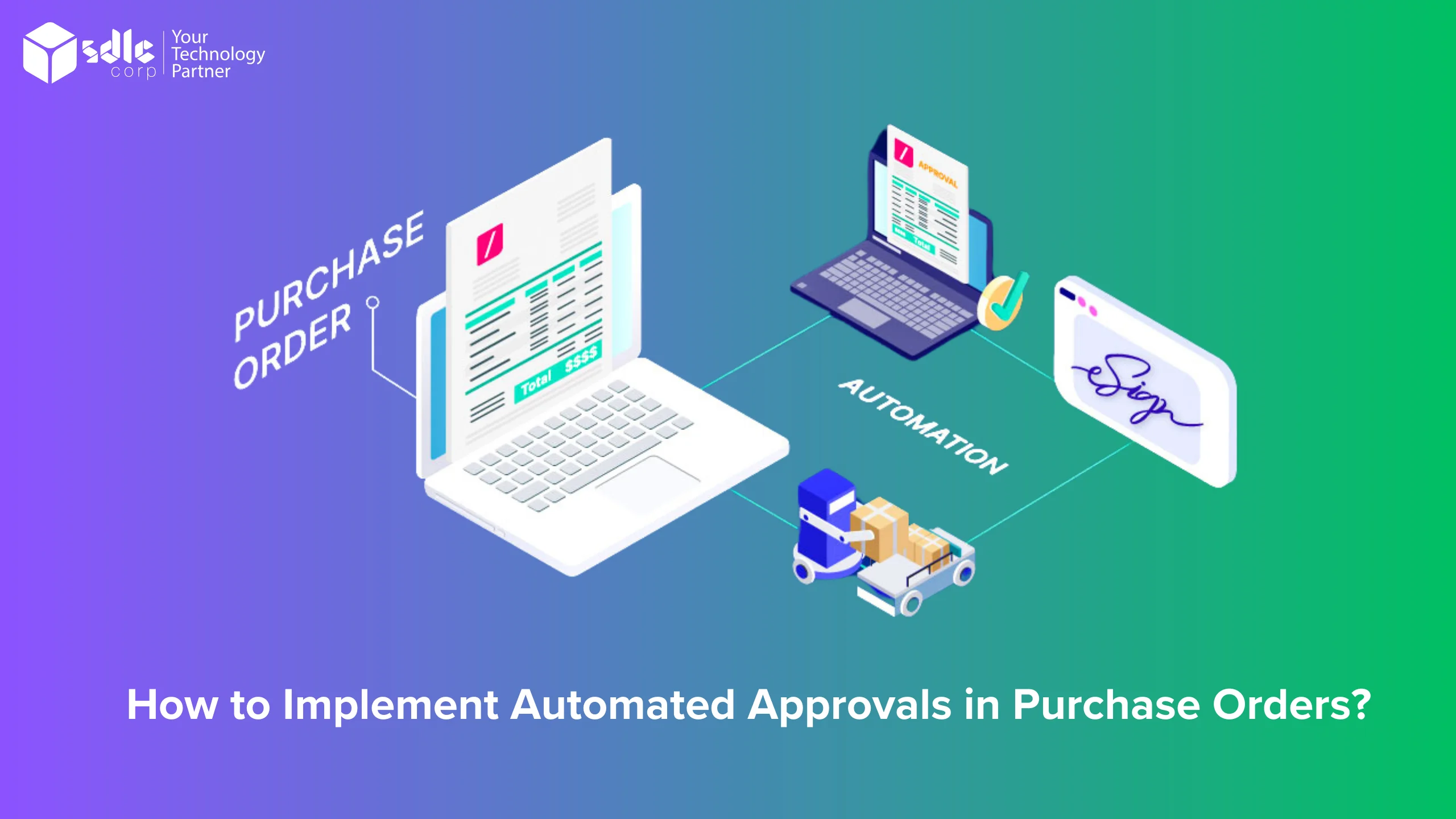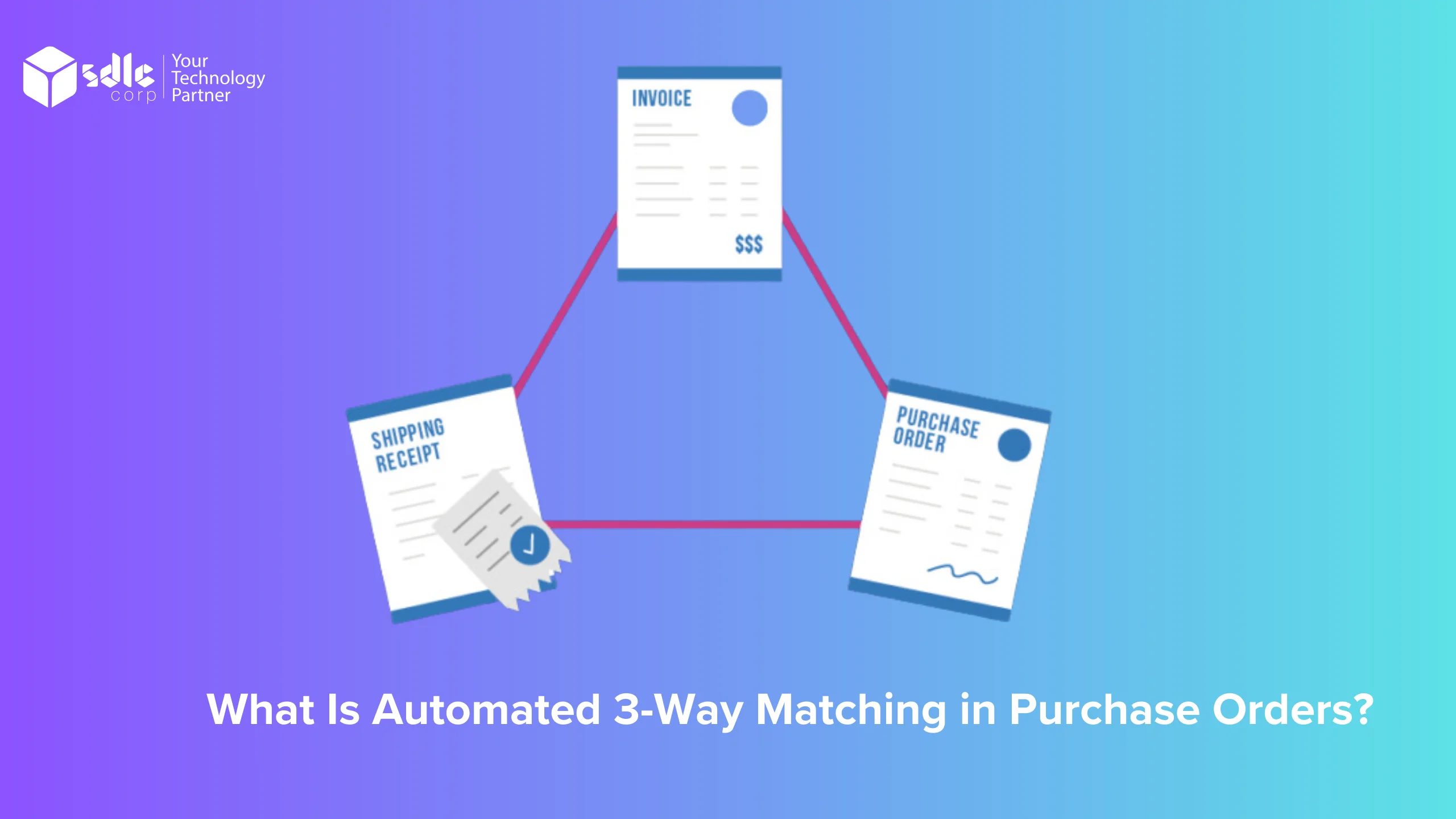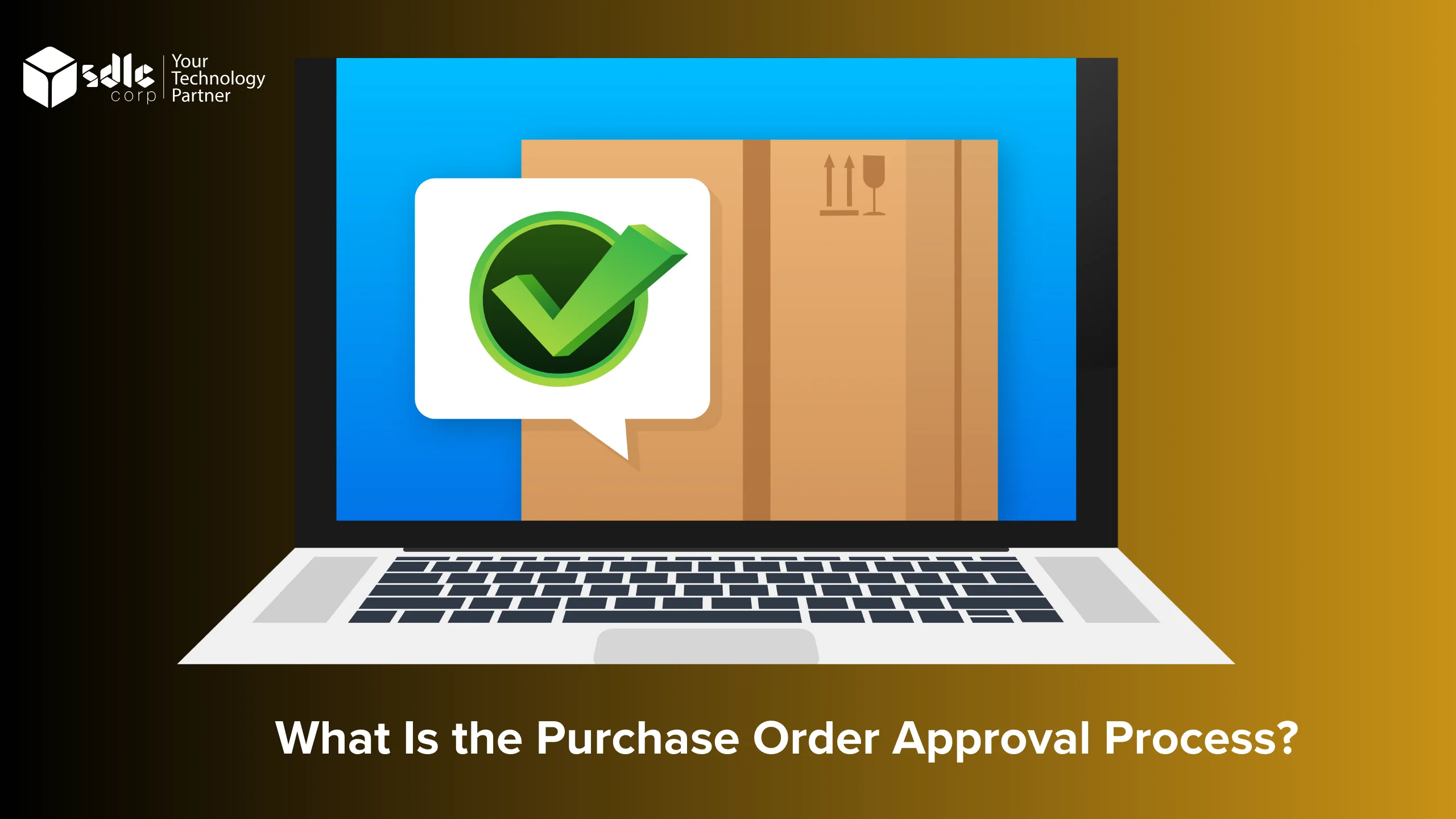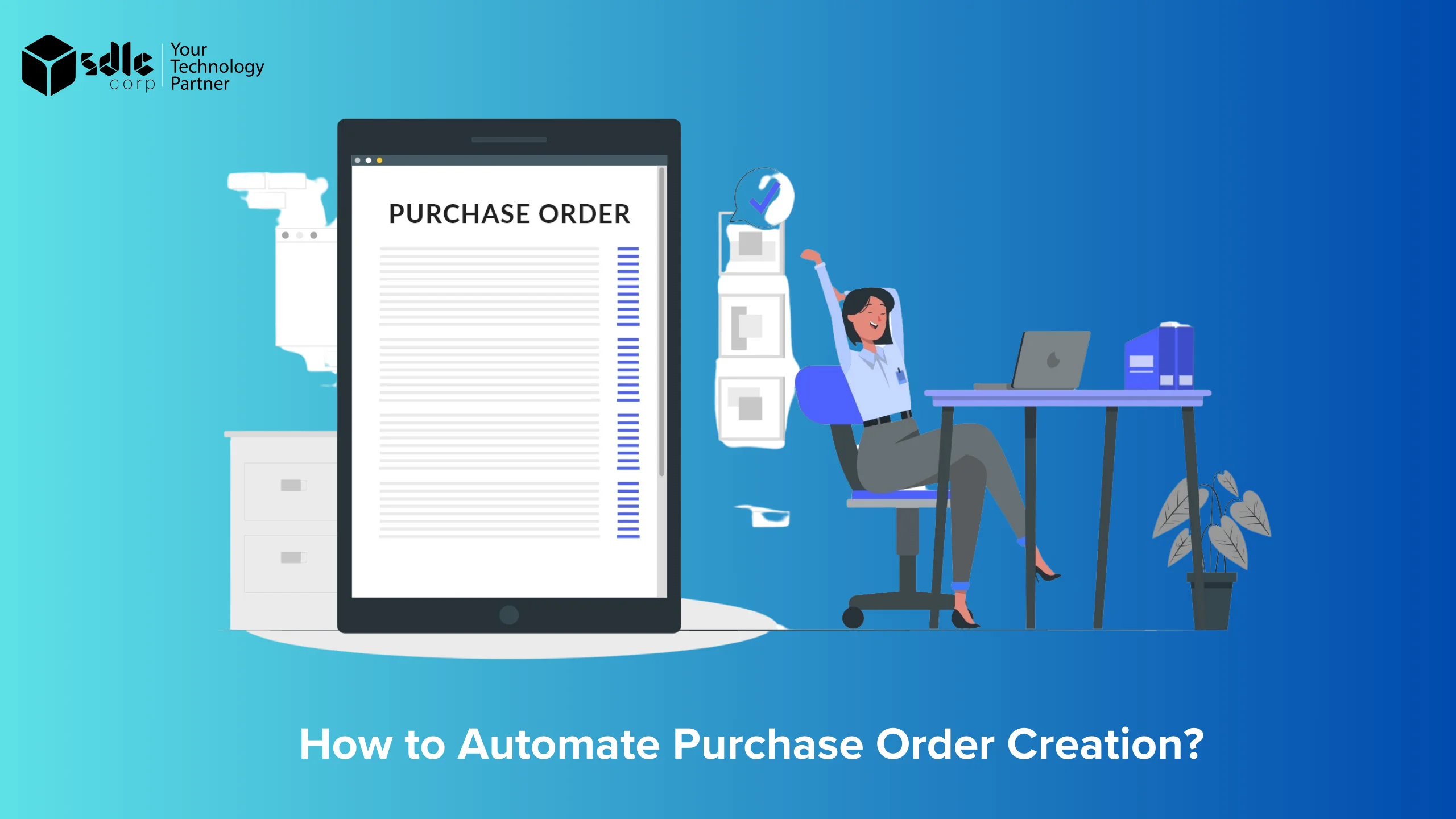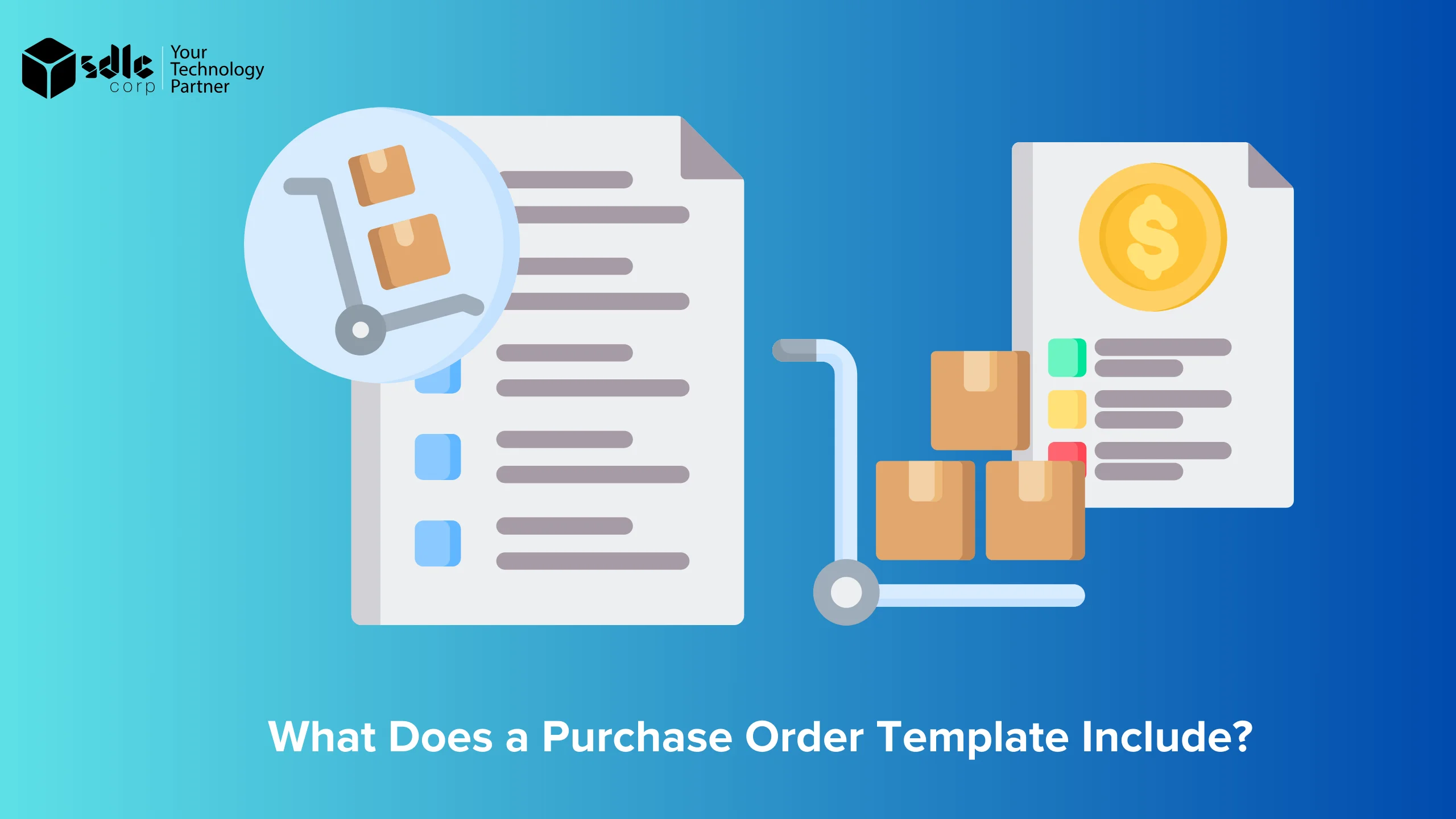Introduction
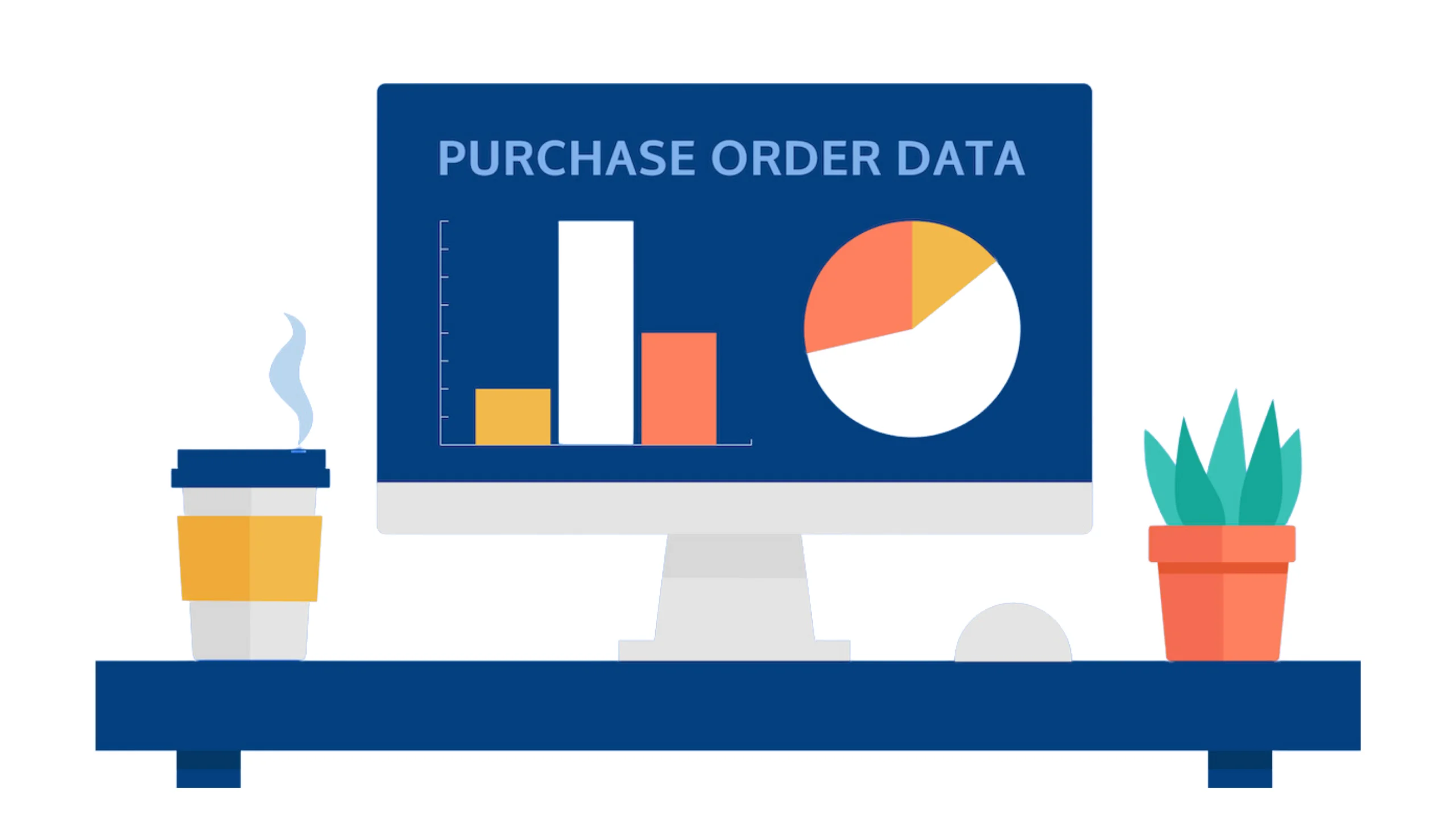
Tracking purchase orders (POs) is crucial for businesses to ensure efficient procurement processes, maintain accurate inventory records, and manage vendor relationships effectively. Here’s a comprehensive guide on how to track purchase orders effectively:
1. Establish a Purchase Order System
Implement a robust system to create and manage POs. This can be a dedicated software, an enterprise resource planning (ERP) system, or even a well-organized spreadsheet. Ensure the system can track PO numbers, dates, items ordered, quantities, prices, and vendor information.
2. Create Purchase Orders
When a purchase is needed, generate a PO with all relevant details. Include a unique PO number, vendor information, item descriptions, quantities, prices, delivery dates, and any terms and conditions.
3. Centralize PO Storage
Store all POs in a central location, whether physically or digitally. This makes it easy to access, track, and reference them when needed.
4. Monitor PO Status
Regularly update the status of each PO. This includes tracking when the order is sent to the vendor, when it is acknowledged, when items are shipped, and when they are received.
5. Receive and Verify Goods
When goods are received, match them against the PO to ensure accuracy. Update the PO status to reflect receipt of goods.
6. Record and Track Payments
Record payment details for each PO, including payment dates and amounts. This helps track financial obligations and ensures timely payments to vendors.
7. Resolve Discrepancies
If there are discrepancies between the PO and the received goods or invoices, promptly address them with the vendor to avoid delays or incorrect payments.
8. Review and Analyze
Regularly review PO data to analyze purchasing trends, identify cost-saving opportunities, and evaluate vendor performance.
9. Maintain Communication
Maintain open communication with vendors regarding POs, deliveries, and any issues that may arise. This helps ensure smooth procurement processes.
10. Utilize Automation
Consider using automation tools to streamline Purchase order templates. Automation can help reduce manual errors, improve efficiency, and provide real-time visibility into PO status.
How Tracking Purchase Orders Effectively Using Workflow Automation?
Tracking purchase orders effectively using workflow automation involves implementing a system that automates various aspects of the purchase order process. Here’s how it can be done:
1. Automated PO Generation
Workflow automation can generate purchase orders automatically based on predefined triggers, such as inventory levels or sales orders. This eliminates the need for manual creation and reduces errors.
2. PO Routing
Automation can route purchase orders to the appropriate stakeholders for approval based on predefined rules. This ensures that orders are approved quickly and by the right people.
3. Real-time Tracking
Automated systems can track the status of purchase orders in real-time, providing visibility into the procurement process. Stakeholders can easily see where each order is in the process and take action if needed.
4. Integration with ERP Systems
Automation can integrate with ERP systems to automatically update inventory levels, financial records, and other relevant data. This ensures that all systems are up to date and accurate.
5. Alerts and Notifications
Automated systems can send alerts and notifications to stakeholders about important events, such as order approvals, delays, or issues with suppliers. This keeps everyone informed and allows for quick action to be taken.
6. Data Analysis
Automation can analyze data from purchase orders to identify trends, such as common suppliers or items. This information can be used to make informed decisions and optimize the procurement process.
7. Vendor Management
Take Control of Your Procurement Process!

How does purchase order tracking benefit businesses?
Purchase order (PO) tracking is a critical process that benefits businesses in various ways, contributing to streamlined operations, cost savings, and improved supplier relationships. One key benefit is enhanced visibility and control over the procurement process. By tracking POs from creation to fulfillment, businesses gain real-time insights into the status of their orders, allowing them to identify and address potential delays or issues promptly. This visibility enables businesses to make informed decisions, such as prioritizing urgent orders or adjusting inventory levels to meet demand fluctuations.
Additionally, purchase order tracking helps businesses improve their inventory management practices. By tracking incoming orders and monitoring stock levels, businesses can avoid stockouts and overstocking situations, optimizing inventory turnover and reducing carrying costs. This proactive approach to inventory management also enhances customer satisfaction by ensuring that products are readily available when needed.
Furthermore, purchase order tracking contributes to better financial management. By tracking POs and associated payments, businesses can accurately forecast cash flow and budget for future expenses. This visibility into financial commitments helps businesses avoid overspending and ensures that funds are allocated efficiently. Moreover, purchase order tracking helps prevent unauthorized purchases and discrepancies in invoicing, reducing the risk of financial errors and fraud.
Another significant benefit of purchase order tracking is improved supplier relationships. By providing suppliers with timely updates on order status, businesses can foster transparency and trust in their relationships. This open communication channel enables suppliers to plan their production and delivery schedules accordingly, leading to smoother transactions and potentially better pricing and terms for future orders. Additionally, purchase order tracking helps businesses evaluate supplier performance based on factors such as delivery times and order accuracy, allowing them to make informed decisions about future partnerships.
Overall, purchase order tracking is a valuable tool that offers numerous benefits to businesses, including enhanced visibility and control over the procurement process, improved inventory management, better financial management, and stronger supplier relationships. By leveraging technology and best practices in purchase order tracking, businesses can streamline their operations, reduce costs, and achieve greater efficiency and competitiveness in the marketplace.
What is the need for tracking purchase orders in businesses?
Tracking purchase orders is essential for businesses to maintain control over their procurement processes, manage inventory efficiently, and build strong relationships with suppliers. One of the primary reasons for tracking purchase orders is to ensure that orders are processed and fulfilled in a timely manner. By tracking the status of each purchase order, businesses can identify potential delays or issues early on and take corrective action to prevent disruptions in their supply chain.
Additionally, tracking purchase orders helps businesses manage their inventory more effectively. By knowing which items have been ordered and when they are expected to arrive, businesses can avoid overstocking or stockouts, leading to reduced carrying costs and improved cash flow. This also enables businesses to plan their production schedules and customer deliveries more efficiently.
Furthermore, tracking purchase orders processing allows businesses to monitor their spending and budget more effectively. By tracking the cost of each purchase order, businesses can ensure that they stay within budget and avoid overspending. This also helps businesses track their expenses and identify areas where cost savings can be achieved.
Overall, tracking purchase orders is crucial for businesses to ensure smooth operations, minimize costs, and maintain good relationships with suppliers. By implementing an effective purchase order tracking system, businesses can improve their efficiency, reduce errors, and enhance their overall procurement process.
What are the advantages of conventional purchase tracking methods?
Conventional purchase tracking methods, such as manual record-keeping and spreadsheet-based tracking, offer several advantages for businesses. One key advantage is simplicity and accessibility. These methods typically do not require specialized software or training, making them easy for employees to use. Additionally, conventional methods can be more cost-effective than automated systems, as they do not require investment in software or hardware.
Another advantage is flexibility. Conventional tracking methods can be customized to fit the specific needs of a business. For example, businesses can create their own tracking templates or modify existing ones to capture the information that is most relevant to them. This flexibility allows businesses to adapt their tracking methods as their needs change.
Additionally, conventional tracking methods can be more suitable for small businesses or those with relatively low purchase volumes. These methods may be sufficient for businesses that do not have complex procurement processes or large inventories to manage. They can also be more suitable for businesses that prefer a more hands-on approach to tracking purchases.
Overall, conventional purchase tracking methods offer simplicity, accessibility, flexibility, and cost-effectiveness, making them a viable option for businesses looking to track their purchases efficiently.
What are the disadvantages of conventional purchase tracking methods?
Conventional purchase tracking methods, such as manual record-keeping and spreadsheet-based tracking, have several disadvantages compared to automated systems. One major disadvantage is the potential for errors. Manual data entry is prone to mistakes, which can lead to inaccuracies in tracking purchase orders and inventory levels. These errors can result in delays in order processing, stockouts, and other issues that can impact business operations.
Another disadvantage is limited scalability. Conventional tracking methods may not be able to handle large volumes of purchase orders or inventory items effectively. As a business grows, the complexity of its procurement processes and inventory management increases, making manual tracking methods less efficient and more prone to errors.
Additionally, conventional tracking methods can be time-consuming. Manually entering data, updating spreadsheets, and reconciling purchase orders can be labor-intensive, especially for businesses with high purchase volumes. This can lead to delays in processing orders and responding to customer inquiries, affecting customer satisfaction.
Furthermore, conventional tracking methods may lack integration with other systems. Manual tracking systems are often isolated from other business systems, such as accounting or inventory management software, which can result in duplication of effort and data inconsistency.
Overall, while conventional purchase tracking methods may be suitable for small businesses or those with simple procurement processes, they have limitations in terms of accuracy, scalability, efficiency, and integration compared to automated systems.
What are the features of a purchase order?
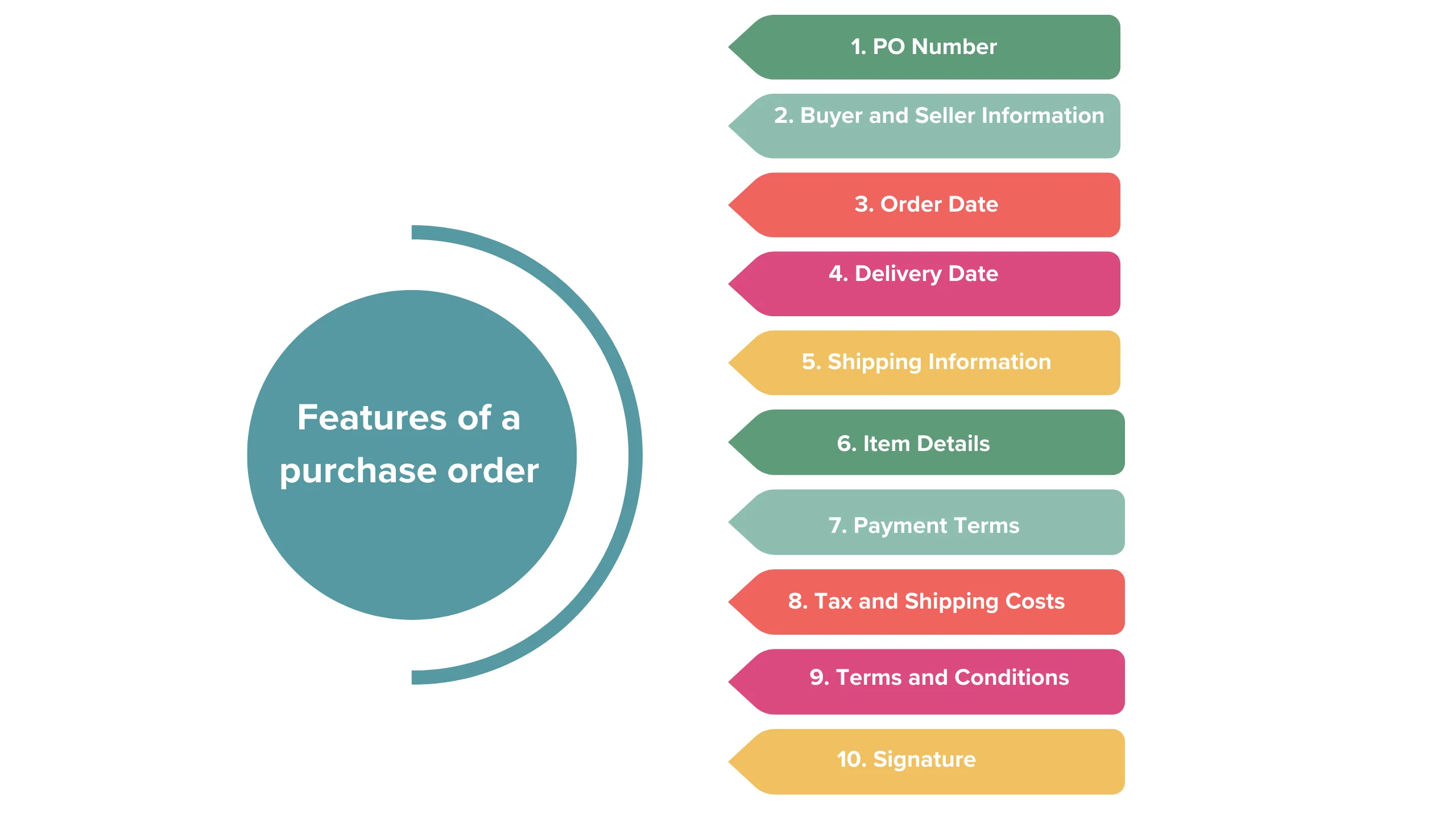
A purchase order (PO) is a commercial document issued by a buyer to a seller, indicating types, quantities, and agreed prices for products or services. It typically includes several key features:
- PO Number: A unique identifier assigned to the purchase order for tracking and reference purposes.
- Buyer and Seller Information: Details of the buyer (purchasing company) and seller (vendor), including names, addresses, and contact information.
- Order Date: The date when the purchase order is issued.
- Delivery Date: The date by which the seller is expected to deliver the goods or services.
- Shipping Information: Details of the shipping method, carrier, and shipping address.
- Item Details: Description of the products or services being purchased, including quantities, unit prices, and total amounts.
- Payment Terms: Terms and conditions related to payment, including the due date and any discounts or penalties for early or late payment.
- Tax and Shipping Costs: Any applicable taxes, fees, or shipping costs associated with the purchase.
- Terms and Conditions: Any additional terms and conditions agreed upon by the buyer and seller, such as warranties, return policies, or dispute resolution procedures.
- Signature: The signature of an authorized representative of the buyer, indicating acceptance of the terms of the purchase order.
These features are essential for ensuring clarity, accuracy, and legal compliance in the purchasing process.
Take Control of Your Procurement Process!

Conclusion
In conclusion, effective purchase order tracking is crucial for businesses to ensure smooth procurement processes, maintain accurate inventory records, and manage vendor relationships efficiently. To track purchase orders effectively, businesses should establish a standardized process for creating, managing, and monitoring purchase orders. This process should include using a centralized system or software to generate and track purchase orders, maintaining clear communication with vendors, and regularly updating the status of each purchase order. Additionally, businesses should utilize automation tools and integrate their purchase order tracking system with other relevant systems, such as inventory management and accounting software, to streamline operations and improve accuracy. By implementing these strategies, businesses can enhance their procurement efficiency, reduce errors, and ensure timely delivery of goods and services.
Master Your Purchase Order Tracking!

FAQS
1. What is purchase order tracking?
Purchase order tracking involves monitoring the status and progress of purchase orders from creation to fulfillment, ensuring that orders are processed efficiently and on time.
2. Why is it important to track purchase orders?
Tracking purchase orders is important to ensure that orders are fulfilled as expected, to monitor vendor performance, to manage inventory levels, and to track expenses accurately.
3. What are the key steps in tracking purchase orders effectively?
The key steps in tracking purchase orders effectively include assigning unique identifiers to each purchase order, updating the status of purchase orders regularly, communicating with suppliers to ensure timely delivery, and resolving any issues or delays promptly.
4. How can technology help in tracking purchase orders?
Technology such as purchase order management software or enterprise resource planning (ERP) systems can help automate the tracking process, provide real-time visibility into purchase order status, and generate reports for analysis.
5. What are the benefits of effective purchase order tracking?
Effective purchase order tracking can lead to improved efficiency, reduced errors, better supplier relationships, and cost savings through better inventory management and expense tracking.
Contact Us
Let's Talk About Your Project
- Free Consultation
- 24/7 Experts Support
- On-Time Delivery
- sales@sdlccorp.com
- +1(510-630-6507)
jahir
Subscribe Our Newsletter

